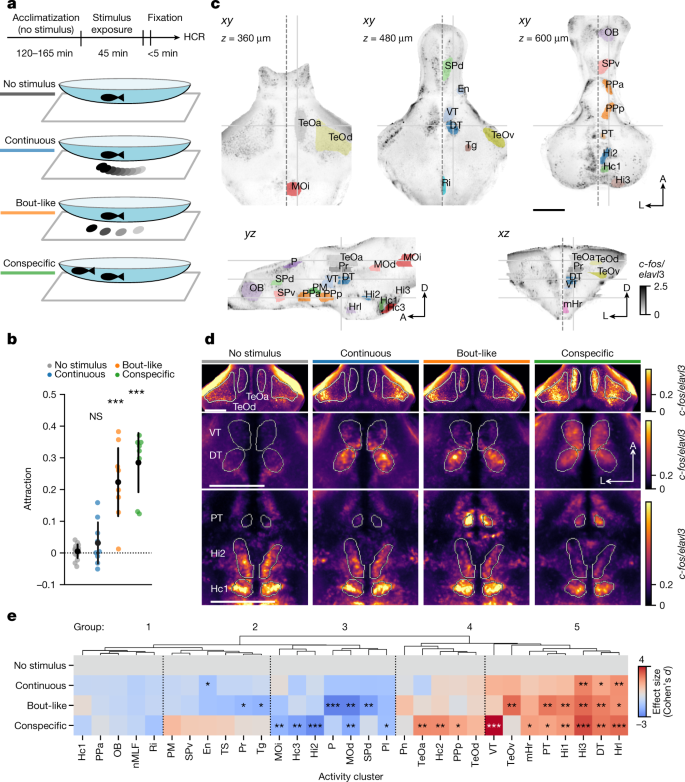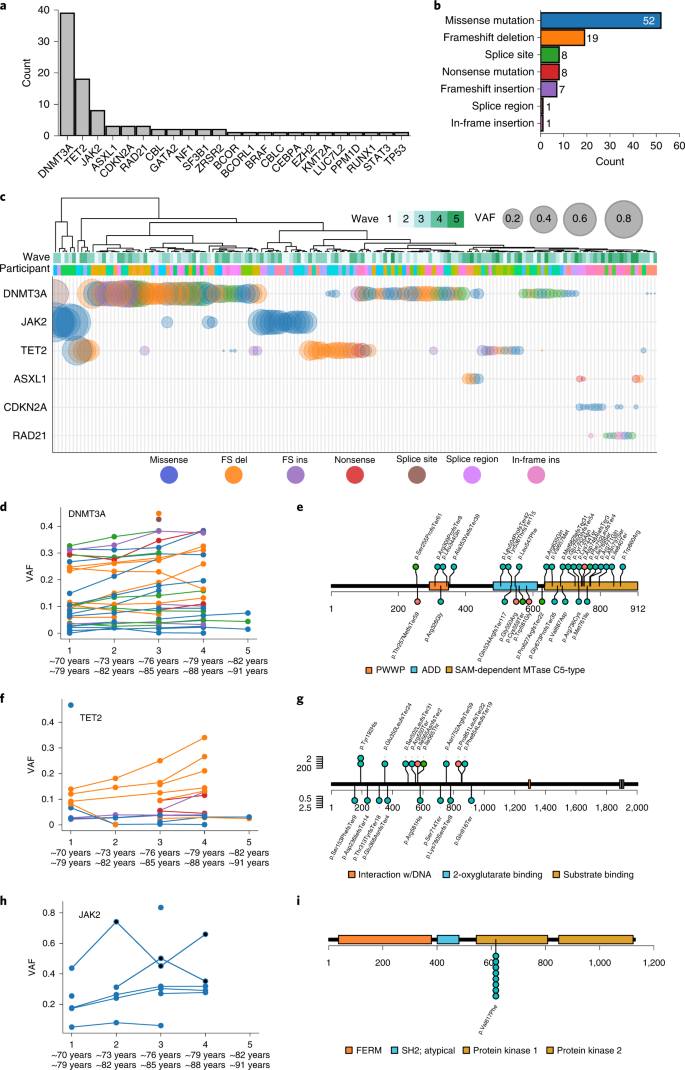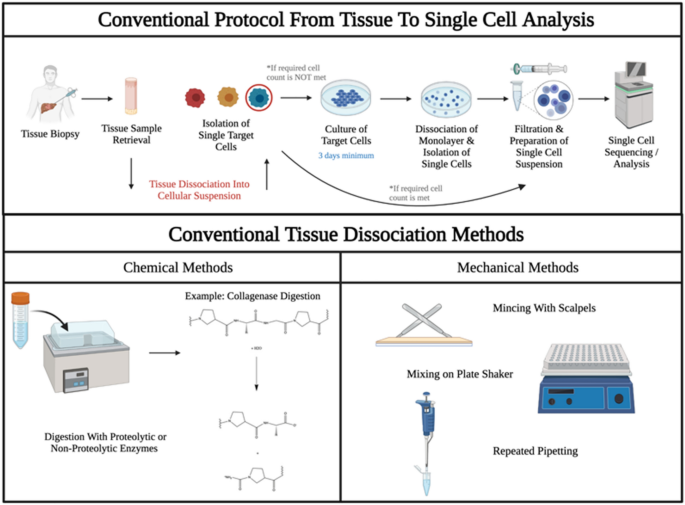ゼブラフィッシュの視覚系に存在する特殊な神経細胞が、同種の動物の認識を可能にする Specialized nerve cells in the zebrafish visual system enable recognition of conspecifics
2022-07-13 マックス・プランク研究所
研究チームは、ゼブラフィッシュの幼生を対象に、同胞を模擬したバーチャルリアリティの実験装置を開発した。スクリーン上に投影された点が、泳ぐゼブラフィッシュに典型的な、ぎこちない動きのパターンでディスプレイ上を移動する。ゼブラフィッシュはこの合図に逆らうことができない。どうやら、この動く点を本物の魚と勘違いしているようだ。研究チームは、このようにして、浅瀬形成行動を誘発する明確な視覚刺激を発見した。
研究チームは、この視覚刺激の神経細胞による処理について調べることができるようになった。そこで研究チームは、仮想現実の装置を拡張し、魚の脳の活動を同時に測定できるようにした。その結果、動く点が視床と呼ばれる脳領域にある特定の神経細胞を活性化させることが明らかになった。また、別のゼブラフィッシュの幼生が近くを泳ぐと、視床の同じ領域が活性化されることも分かりました。
<関連情報>
- https://www.mpg.de/18951827/0712-psy-a-brain-network-for-social-attraction-155111-x?c=2249
- https://www.nature.com/articles/s41586-022-04925-5
視床下部神経回路による社会的シグナルの視覚認識 Visual recognition of social signals by a tectothalamic neural circuit
Johannes M. Kappel,Dominique Förster,Katja Slangewal,Inbal Shainer,Fabian Svara,Joseph C. Donovan,Shachar Sherman,Michał Januszewski,Herwig Baier & Johannes Larsch
Nature Published:13 July 2022
DOI:https://doi.org/10.1038/s41586-022-04925-5

Abstract
Social affiliation emerges from individual-level behavioural rules that are driven by conspecific signals1,2,3,4,5. Long-distance attraction and short-distance repulsion, for example, are rules that jointly set a preferred interanimal distance in swarms6,7,8. However, little is known about their perceptual mechanisms and executive neural circuits3. Here we trace the neuronal response to self-like biological motion9,10, a visual trigger for affiliation in developing zebrafish2,11. Unbiased activity mapping and targeted volumetric two-photon calcium imaging revealed 21 activity hotspots distributed throughout the brain as well as clustered biological-motion-tuned neurons in a multimodal, socially activated nucleus of the dorsal thalamus. Individual dorsal thalamus neurons encode local acceleration of visual stimuli mimicking typical fish kinetics but are insensitive to global or continuous motion. Electron microscopic reconstruction of dorsal thalamus neurons revealed synaptic input from the optic tectum and projections into hypothalamic areas with conserved social function12,13,14. Ablation of the optic tectum or dorsal thalamus selectively disrupted social attraction without affecting short-distance repulsion. This tectothalamic pathway thus serves visual recognition of conspecifics, and dissociates neuronal control of attraction from repulsion during social affiliation, revealing a circuit underpinning collective behaviour.


